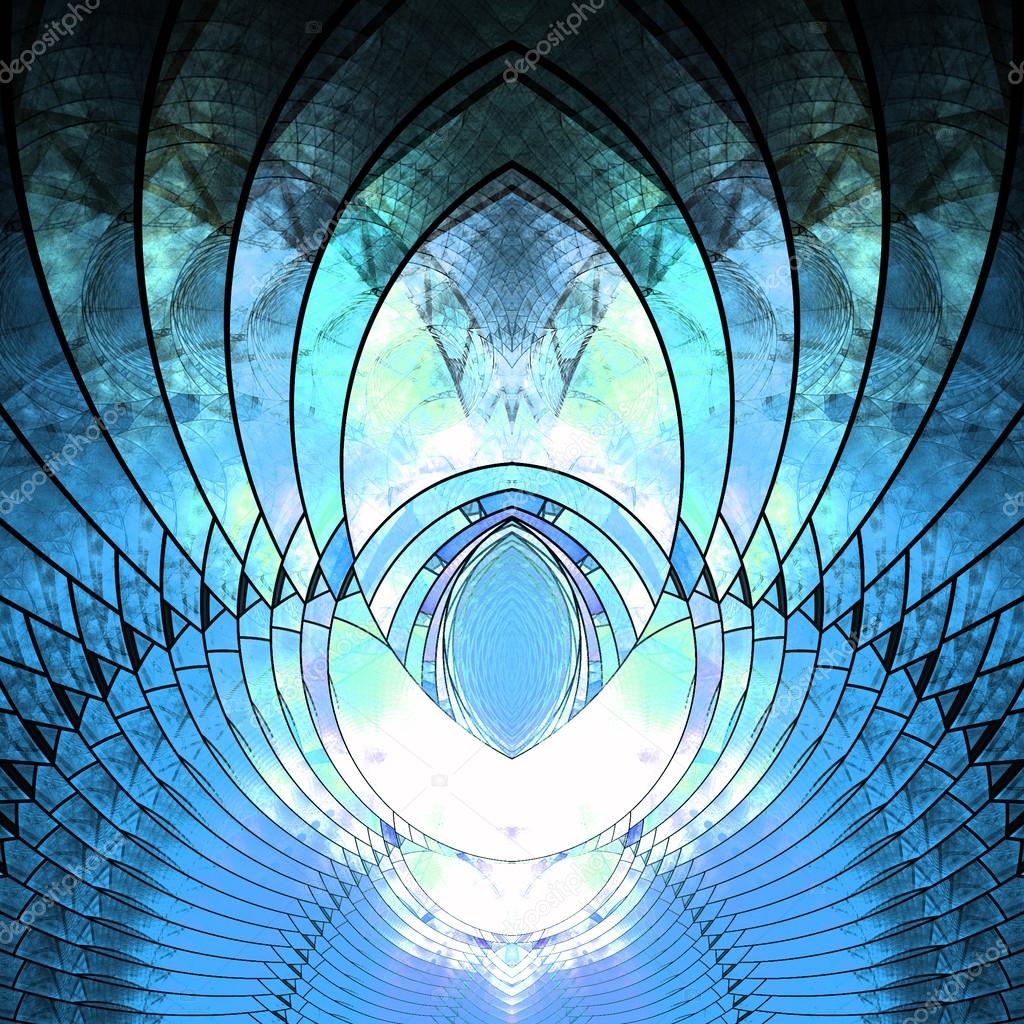
Once the design was complete, individual pieces of glass could be cut from larger pieces of colored glass.

An artist would first develop full-size sketches (called "cartoons") that portrayed the overall composition of the windows, including the shapes of individual pieces of glass, the colors of glass to be used, and the details to be painted onto the glass pieces.
#Creative stained glass design windows
Stained glass windows began with a design. So how did stained glass artists create these works of art so many years ago? It's an art form that requires tremendous dedication and many years of training. The creation of beautiful stained glass windows requires artistic vision and great skill in working with glass and metal.

They possess the power to tell stories and stir the emotions. These fragile, colorful panes of glass do so much more than simply let in light. Speaking of glass, some of the most beautiful, artistic parts of old buildings, such as churches and mosques, are the stained glass windows. How about buildings? Do you ever equate architecture with art? Some of the most beautiful buildings ever built are definitely works of art, crafted out of stone, wood, and glass. Hollyhock House (1916-21) was the last project for which Wright designed a complete program of leaded glass.When you hear the word " art," what comes to mind? Do you think of famous paintings? How about public works of art, such as sculptures? Perhaps you think of your own creations that are attached to the front of the refrigerator with magnets? Subsequently Wright’s more vibrantly colored window designs for the Coonley Playhouse (1911-12), Midway Gardens (1913-14), and Emil Bach House (1915) reflected his exposure to contemporary modernist art movements such as Orphism and Synchromism. Wright’s window designs were a primary feature of his Prairie style, an expression of his creative intelligence, prolific imagination and passion for beauty. The living room and dining room of Robie House are visually united into one continuous space by a 47-foot span of 24 leaded-glass casement doors opening to a narrow balcony that extends across the length of the south façade. Wright designed 175 doors and windows for Robie House of which 163 original casements remain in the house today. Robie House was Wright’s last and greatest Prairie-style house and includes some of his best-known windows.

Among Wright’s most significant glass programs from the era of his Oak Park Studio are the Ward W. Wright’s buildings follow the geometric principles he imposed on each project, and his glass designs also express the geometry that unites the building.īetween 18, when he stopped using leaded glass, Frank Lloyd Wright designed 163 buildings – of which 97 were constructed – that included leaded glass of his own design. Wright’s light screens illuminated his interiors with natural light, touched by the autumnal dashes of his color palette and animated by his exquisite visual geometries. Wright stated, “I was working away at the wall as a wall and bringing it towards the function of a screen, a means of opening up space.” But it was Japan that dominated Wright’s early aesthetic – the flat areas of color enclosed within black lines in the Japanese prints that he admired and the way in which the sliding shoji screens of indigenous Japanese architecture unite exterior and interior space. The sources for Wright’s glass designs range from the Froebel gifts of his childhood, to Louis Sullivan’s flat ornamentation, to the designs of the Vienna Secession.

Known for their extensive use of clear glass with touches of color, the glass designs are all geometric abstractions unique to each building for which they were created. Creating ribbons of uninterrupted glass casement windows and doors in his Prairie style buildings, Wright conceived his windows as an integral part of his organic design. No other architect or designer of the modern era transformed the use of leaded glass in architecture as Frank Lloyd Wright.


 0 kommentar(er)
0 kommentar(er)
